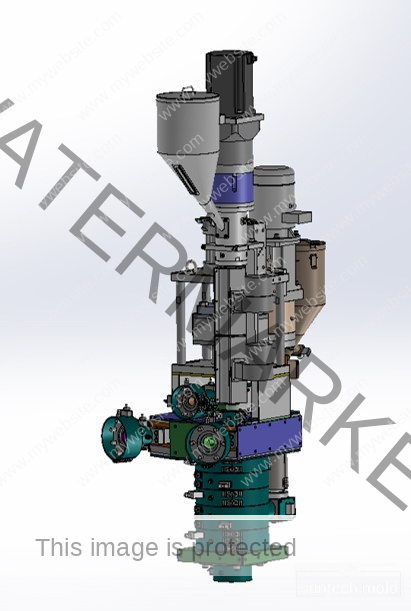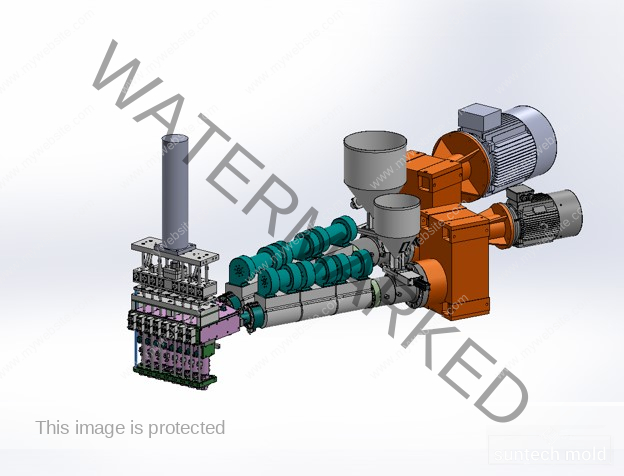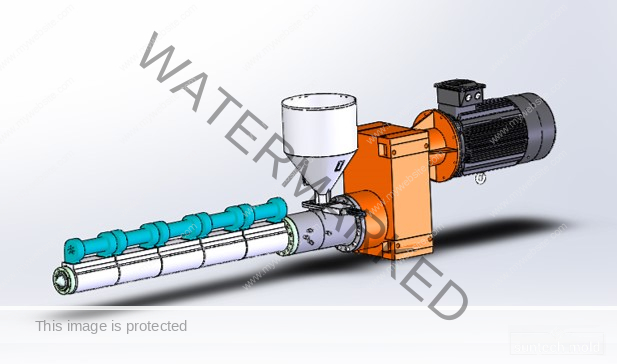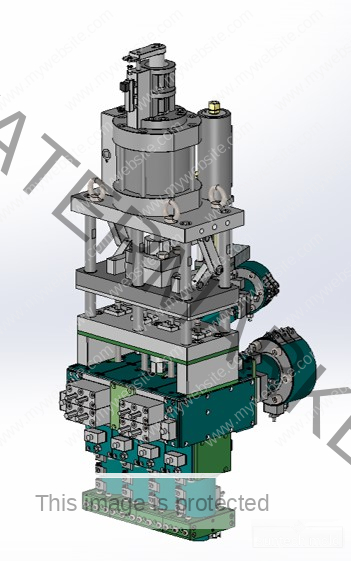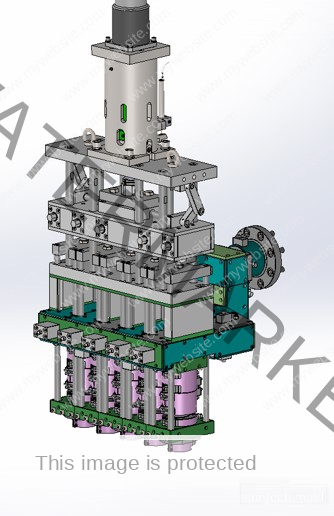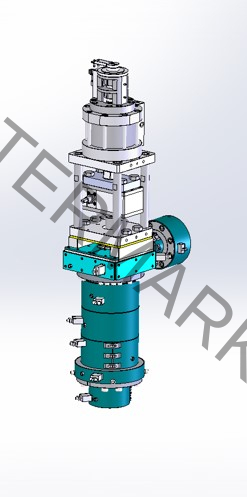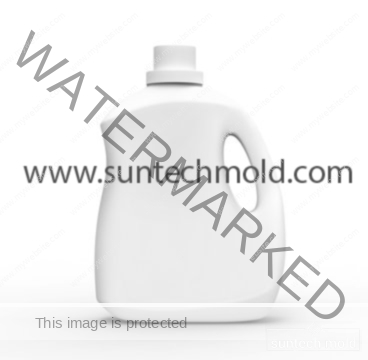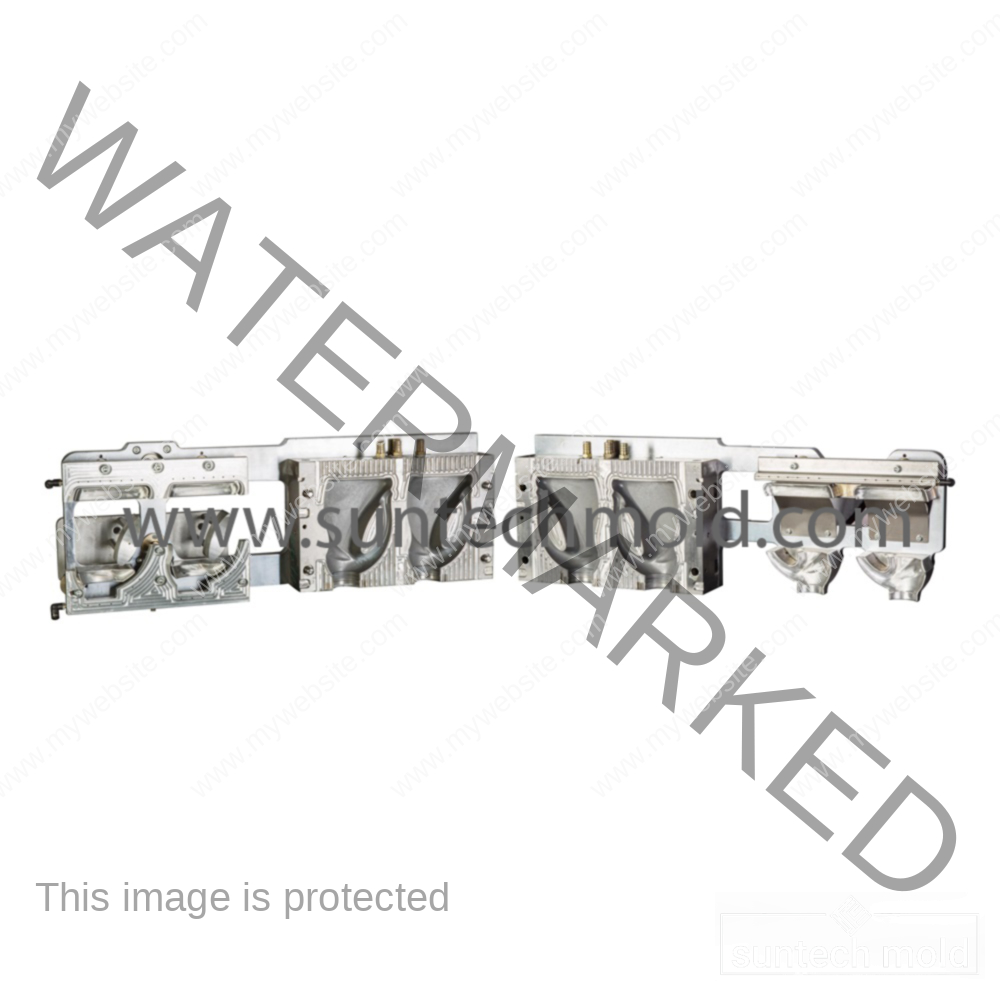Laundry Bottle Mold (Suntech)
Looking for an eco-friendly and efficient solution to produce high-quality laundry detergent bottles? The laundry bottle mold is the ideal choice for manufacturers who want durable, customizable, and sustainable packaging. Whether you’re creating bottles for liquid detergent, softeners, or laundry gels, this mold supports your production needs while reducing environmental impact.
But to get the best results, selecting the right materials is just as important as the molding process itself. In fact, your choice of material can significantly affect cost, waste, energy use, and recyclability.
Let’s explore how different materials impact the overall performance and sustainability of your laundry bottle mold.
Why Material Selection Matters
Choosing the right material is not just about strength or appearance. It also determines how eco-friendly your bottles are, how much energy your factory consumes, and how easily your packaging can be recycled.
In both extrusion blow molding and injection blow molding, the material you choose influences every stage of the production process. Let’s look at the key points you should consider.
Recyclability and Waste Reduction
Use Recyclable Materials
Choosing materials like PET (polyethylene terephthalate) can make your laundry bottles easier to recycle. PET is widely accepted in recycling systems and has a lower environmental impact than many other plastics.
-
Good Choice: PET, HDPE
-
Avoid When Possible: Mixed or composite plastics
Avoid Composite Materials
While composite materials may offer strength or flexibility, they often make recycling harder. That’s because they combine different types of plastic, which can’t be separated easily during recycling.
By sticking to single-material bottles, your laundry bottle mold will help reduce landfill waste and support a circular economy.
Sourcing and Sustainability
Choose Recycled or Bio-Based Plastics
Using recycled plastic or bioplastics not only reduces your carbon footprint but also helps conserve resources. These options are becoming more popular among eco-conscious brands and can improve your brand image as well.
-
Recycled HDPE is a great choice for laundry bottles
-
Bio-based plastics are ideal for companies focusing on sustainability
Consider Resource Extraction
Every plastic starts with raw materials. Some of these materials, especially when mined or drilled, can damage the environment. Therefore, it’s smart to choose plastics that come from more sustainable sources.
Energy Efficiency in Production
Low-Melting-Point Materials Save Energy
Materials that melt at lower temperatures need less energy during the molding process. This can lower your electricity use and reduce production costs.
-
PET and some bio-based plastics melt at lower temperatures
-
Less energy means lower emissions and a smaller carbon footprint
Lighter Materials Are Better for Transport
Not only do lighter plastics require less energy to process, but they also reduce fuel use during transport. This can help lower emissions across the entire supply chain.
By selecting efficient materials, your laundry bottle mold can support more sustainable production from start to finish.
Emissions and Additives
Watch Out for VOCs
Certain plastics release volatile organic compounds (VOCs) during molding. These emissions can affect air quality and worker safety. Low-emission materials help create a healthier work environment and reduce pollution.
Use Safe Additives
Plastics often need colorants or stabilizers. However, some additives contain harmful chemicals. Look for non-toxic, eco-friendly additives that don’t impact the recyclability of your bottles.
This approach will make your laundry bottle mold suitable for creating packaging that is safe for both people and the planet.
Durability and Lifecycle
Longer Use Means Less Waste
Durable materials lead to longer-lasting products. Strong laundry bottles can be reused or refilled, which lowers the need for constant replacement.
In turn, this reduces the amount of plastic entering the waste stream and supports more responsible product lifecycles.
Think About End-of-Life Options
What happens to your laundry bottle after the consumer finishes the product? If it’s made from a material that can be easily recycled, reused, or composted, your brand will have a positive impact on the environment.
Effect on Manufacturing
Easy Processing = Less Waste
Some materials are easier to mold and form. When your laundry bottle mold works with the right plastic, you’ll produce fewer rejects and generate less scrap.
This saves money and reduces the environmental cost of production.
Match Material With Equipment
Certain materials need specific temperatures or cooling times. Make sure the plastic you choose fits the capabilities of your existing molding machines. Doing so improves efficiency and reduces energy waste.
Final Thoughts
The laundry bottle mold is more than just a tool—it’s a critical part of your packaging process. However, its success depends heavily on the material you choose. By focusing on recyclable, low-emission, and energy-efficient plastics, you can produce bottles that are better for both your business and the environment.
Not only will this help you meet modern sustainability goals, but it will also improve your product quality and lower your costs.
Get in touch with us today to explore custom mould designs and material options that align with your production needs and green goals.

